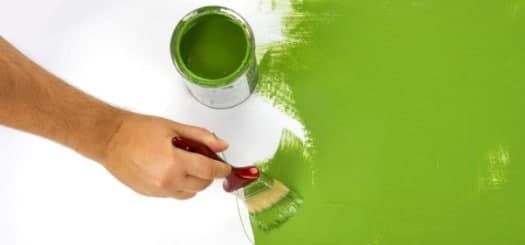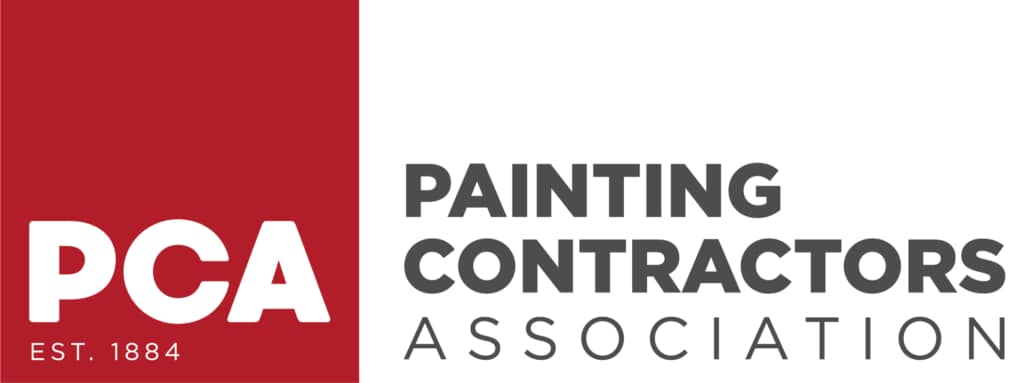Get to Know Why Latex Paint is the Most Common
The latest statistics show that about 80% of the domestic works paints sale comprises of the latex or acrylic category. However, the use in industry segments is relatively lower, up to 65%. The key issue of prohibiting oil-based paint use in the domestic category is the threat of VOC emission, which is much less with latex. It also has several other advantages and a few disadvantages as well.
Is it really rubber?
Homeowners should not misinterpret the latex in acrylic paints as real rubber. In the 1940s, rubber from the Brazilian tree Hevea brasilensis was used to manufacture paints. However, thankfully for the trees, the practice is outdated. Instead, manufacturers use latex-like polymer emulsions as paint binders. In fact, professionals in the UK call these types of paints ‘emulsions’ instead of ‘latex’.
The synthetic binders used in these paints include:
- Polyvinyl acetate resins
- Styrene butadiene resins
Vinyl acrylic is the commonest ingredient. The percentage of the resins also varies. Top quality paints have one hundred percent resins in the mix.
Benefits of using latex paint
- Health safety from excess VOC is the first and foremost benefit. It is evident in only the mild ‘paint odor’ it generates, instead of the suffocating paint smog from an oil-based fresh paint.
- It is also a highly breathable paint which protects the painted walls from developing mildew. The finely porous structure of the paint allows free conduction of excess temperature and moisture from the walls.
- Since it is not flammable, it is very safe to work with.
- It is wonderfully easy to maintain a polymer coating. You can scrub or wash it easily without the paint fading.
Disadvantages
In light of the above benefits, it is definitely recommended to use a latex paint. However, customers should never compromise on making an informed decision. So, check out the cons of these paints as well. Do remember, in some places, the acrylic paints are the only options by legal requirements.
- You may have to use a primer before applying it over metallic surfaces such as steel.
- Similarly, woodworks also require a primer. Otherwise, the grains will become visible.
- You will have to prepare the walls thoroughly because latex paints do not adhere well to chalky surfaces.
Conclusion
Although latex paints are safe to use, you should not neglect taking the essential safety precautions before painting. While indoors, work in a well-ventilated room and cover your face with a mask. These have low VOC emissions and not NO VOC emissions. So, allow the VOCs to pass out of the ventilated room before you use it.





